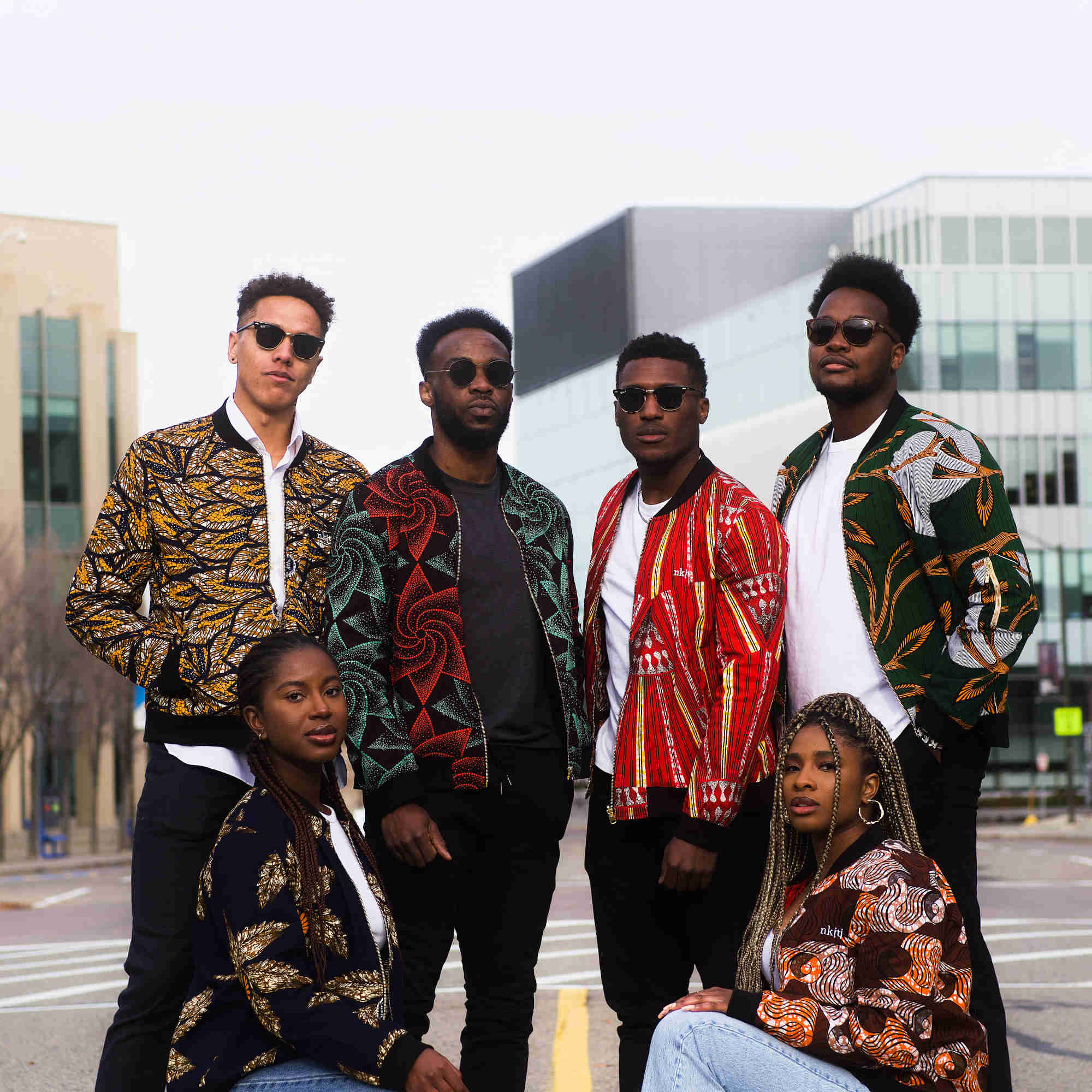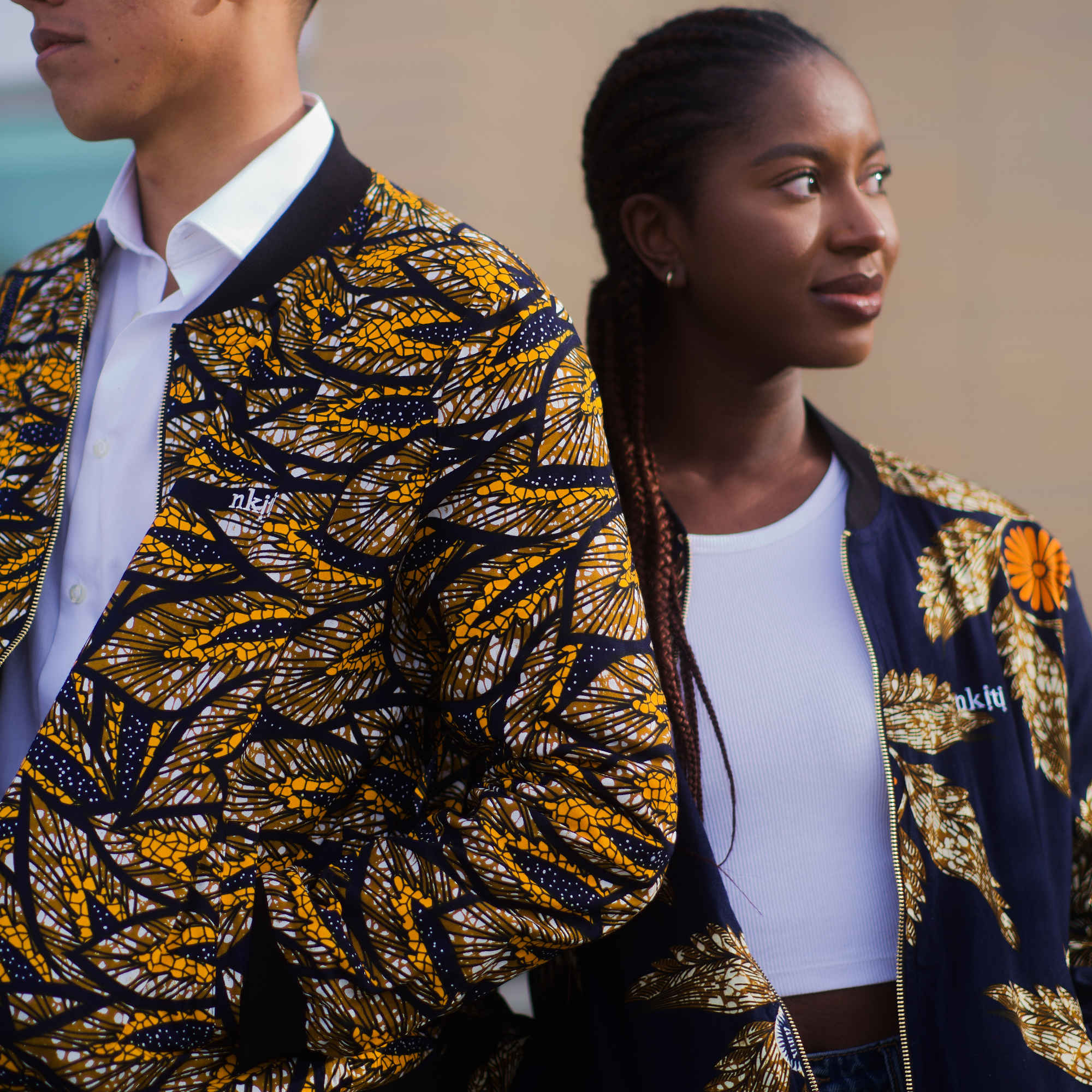
Fashionable: Understanding the Beauty of African Clothing
If you are to dress up your kids with lederhosen for United Nations Day, everyone will know that he represents Germany. This outfit is traditional men’s clothing in Germany. If a little girl wears a sari, we can quickly identify that she represents India.
Traditional costumes are clothing worn by a group to symbolize themselves. An ensemble may be regional, national, tribal, occupational, or class; it may be traditional or contemporary. However, globalization allowed us a glimpse of different cultures through their outfit.
Vibrant colours and geometric shapes are often associated with traditional African clothing. Today, the Kangas, Kitenges, and Kente are accessible to everyone through mass production. In the past, these fabrics were only passed down from generation to generation.
Before you add traditional African clothing to your cart, you might want to learn more about it. It will help you learn more about African culture and tradition.
History of African-Print
You might be astounded that African textiles have been mass-produced for centuries. Even as far back as the 4th century, this fabric came from Indian Ocean Trade merchants. After which, their production was moved to Java, Indonesia, where it stayed for 700 years.
In 1800, the Indonesian textile manufacturers introduced wax-resistant cloths. This move led to the use of this fabric in the central and western parts of Africa. It gained a lot of popularity.
How It Was Introduced in Western Fashion
The African print was introduced to the west through a Dutch company. They created the Dashiki in 1963. However, its popularity was a bit slow in the United States. It was only in the 1970s that it became popular.
In the United States, the African print is more associated with the Rastafarian movement than in Africa itself. In the west, African print is more recognized as a fashion statement than a representation of a specific culture.
Traditional African clothing is used to tell stories. Textiles are used as a medium of communication in most African countries. The African print has different meanings depending on where a person is. The fabric conveys feelings, feelings, wisdom, and status.
In the western market, African print is purchased and worn as a trend. It is not seen as a representation of specific ethnic groups or cultures. Its bright colours, geometric patterns, and vibrant designs are popular.
Traditional African clothing can also be seen in the form of accessories. In African countries, however, you will find that the fabric is used to make all sorts of items, from shoes to accessories. Traditional African print is a reflection of the country's culture. Different countries have different traditions regarding this fabric's cut, wear, and colour.
Conclusion
Traditional African clothing is more than bright colours and geometric shapes. It is a medium of expression. It is a means of telling a story or giving insight into a specific culture.
However, the western market draws inspiration from African print to create an African-inspired fashion trend. It is a constant fashion fixture that is likely to be a trend for a long time.
You can make a fashionable statement by wearing African prints from Nkiti African clothing. We share the beauty of traditional African clothing in our collection, so check them out and add them to your cart now!




Leave a comment
This site is protected by hCaptcha and the hCaptcha Privacy Policy and Terms of Service apply.